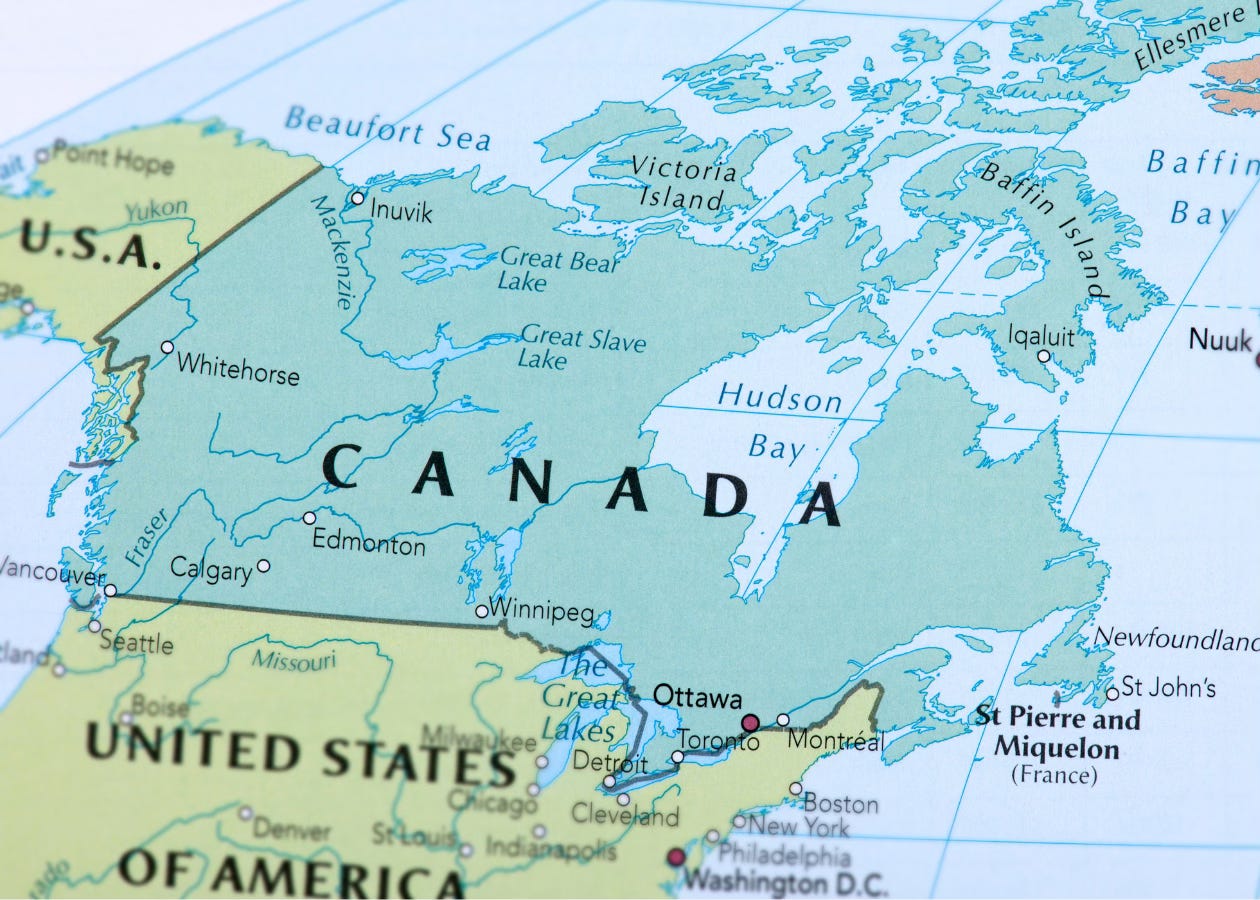American vs. Canadian Eggs: Why Size Matters in the Egg Industry
The Great Egg Divide
Americans are frustrated. Across the country, shoppers face egg shortages, sky-high prices, and depressingly empty refrigerator sections where cartons of eggs should be. Meanwhile, just across the northern border, Canadians continue their breakfast routines uninterrupted—egg prices remain stable, and store shelves stay fully stocked with abundant choices.
How can two neighboring countries have such drastically different egg situations? Does avian flu somehow respect the 49th parallel?
The answer lies partly in a surprising statistic: the typical egg farm in Canada houses about 25,000 laying hens. At the same time, many American operations manage well over a million birds under a single operation. When the recent avian flu outbreak struck, it created a perfect storm in the U.S. market—but barely ruffled feathers in Canada.
American egg producers have put too many eggs in too few baskets.
A Lesson in Economic Structure
This egg tale illustrates a fundamental economic principle: healthy competitive markets typically require many smaller firms to produce a product, allowing both buyers and sellers to share market power.
As firms grow larger and gain market share, they eventually become big enough to exert significant market power. These companies can reach a point where they're "too big to fail"—their collapse would devastate the entire market.
We've seen this scenario play out in other industries. During the 2008 financial crisis, banks were deemed too big to fail, requiring government intervention. Similarly, Detroit's car manufacturers represented a significant part of America's industrial identity and employment base that the Obama administration opted for bailouts rather than allowing them to collapse.
The Balancing Act
Markets must navigate a delicate balance—maintaining healthy competition among numerous firms while also allowing innovative companies to grow and reap the rewards of their investments. This balancing act becomes particularly challenging when economies of scale come into play, where production costs per unit decrease as production volume increases.
Sometimes, these cost advantages can become so significant that they justify having just a few or even a single firm operating in the market—what economists call a "natural monopoly."
While these larger operations can create price efficiencies during regular times, they also introduce systemic vulnerabilities. The U.S. egg market demonstrates this principle perfectly—a system optimized for cost efficiency has proven remarkably fragile when faced with disruption.
Meanwhile, Canada's more distributed production model, though potentially less cost-efficient during normal times, has demonstrated greater resilience during crisis—proving that sometimes keeping your eggs in many smaller baskets is the wiser economic strategy. Think diversification of risk!
The Takeaway
The tale of two egg markets offers a lesson for economic policy. Creating strong, sustainable markets requires careful consideration of both competitiveness and innovation. While we want to encourage innovation and efficiency, we cannot jeopardize the health and resilience of the overall market.
Compared to Canada's resilience, the American egg industry's vulnerability to avian flu demonstrates that sometimes the most efficient market structure in the short term isn't the most sustainable in the long run.
In the United States, the Federal Trade Commission (FTC) is an independent government agency whose principal mission is to enforce civil (non-criminal) antitrust law and promote consumer protection. Their role is to monitor firm behavior and ensure that markets regulation supports innovation without jeopardizing competitiveness.



